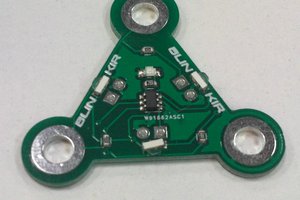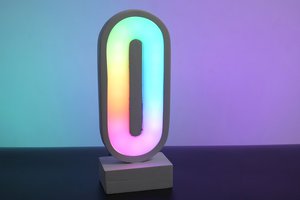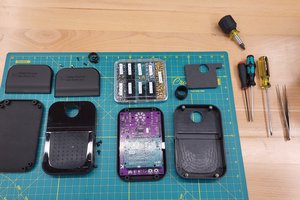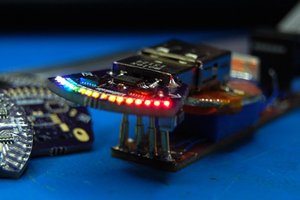Tetris is a great game, and I wanted a way to integrate it into my living room. For this, I got an IKEA table for ~$7 that I am going to cut out and place in the PCB's that are the individual pixels for the table.
The table top will become a clouded acryllic which I will need to source from somewhere, or clouded glass to diffuse the 4 individual LED's that are on each board into a solid square.
 Lucas Rolfes
Lucas Rolfes

 Gee Bartlett
Gee Bartlett
 Coders Cafe
Coders Cafe
 Supplyframe DesignLab
Supplyframe DesignLab
 zakqwy
zakqwy
this kind of sounds like Make's music visualizer table, check it out on makezine.com. I'd give you the issue number, but i don't have it handy at this time.